Ilex glabra (Inkberry Holly) Profile
Written by Iris
Nov 02 2021
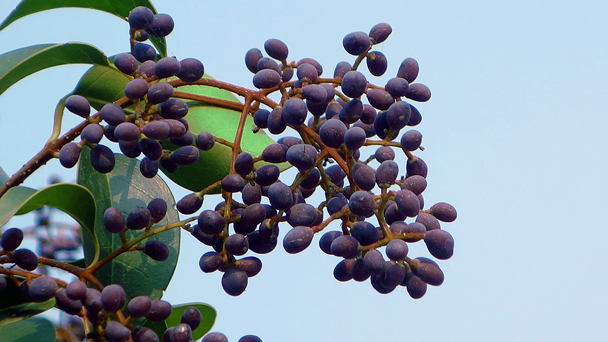
Ilex glabra, often known as Inkberry or Gallberry, is a slow-growing, erect, rounded, stoloniferous evergreen broad-leaved shrub in the Holly family. It usually matures to a height of 5-8 feet and can be spread by root suction to form colonies. It is native to coastal plains from Nova Scotia to Florida to Louisiana, where it is most commonly found in sandy forests and outlying swamps and marshes. Spineless, flat, ovate to elliptic, glossy, dark green leaves (up to 1.5 inches long) with smooth edges and a few marginal teeth near the tip. Unless the temperature is well below zero, the leaves usually remain attractive in winter
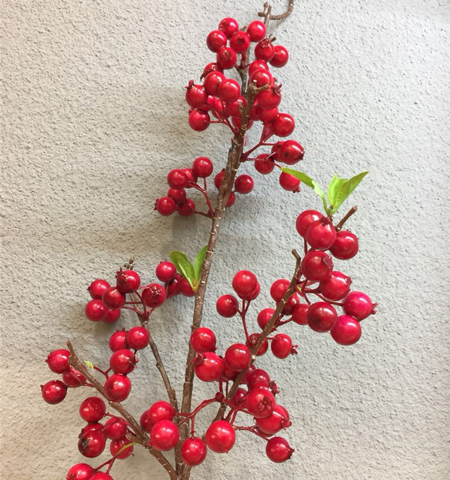
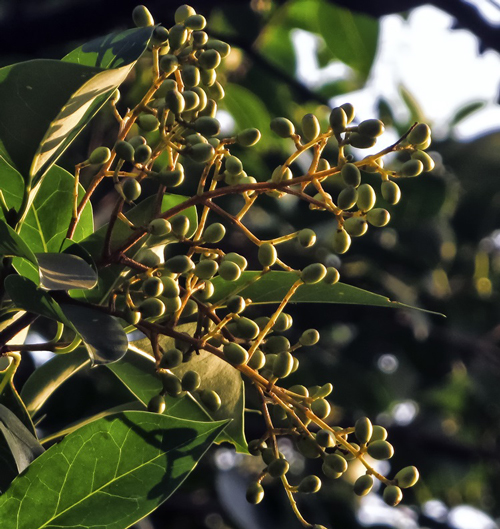
For hardwood cuttings, you should cut above and below the bud unions from the branches for best growth. If you want to use softwoods, cut about 0.24 inches (0.6 cm) below a leaf node.
Once this process is complete, dip the cut ends into rooting hormone then plant your cuttings in a mixture of potting soil and sand. Holly cuttings need a well-lit location and regular watering to develop a healthy root system. Once established, you can transplant each baby plant in its permanent spot.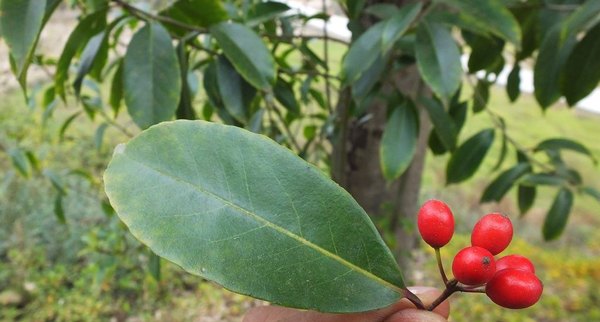
Temperature and Humidity
Inkberry holly thrives in a wet, cool climate. This distinguishes it from other hollies, which often prefer drier locations.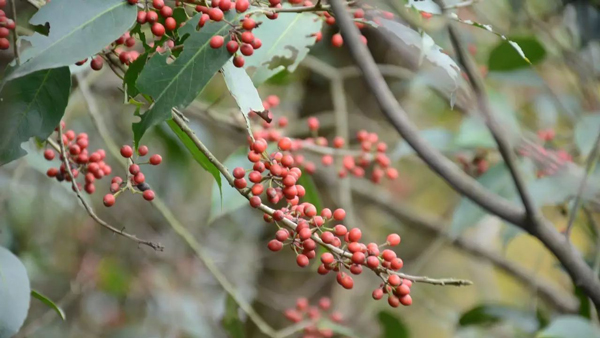
Compacta grows to 3 to 4 feet in height with a spread up to 6 feet. It has a tighter, more rounded growth habit than other forms.
Shamrock grows to 4 feet in height and spread. It has bright green foliage and is known to sucker less than other varieties.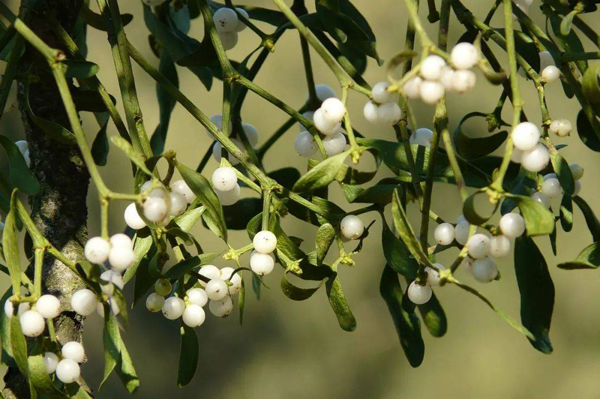
Ilex glabra PictureIlex glabra InfoHabits of Ilex glabraIlex glabra DistributionHow to Grow and Care for Ilex glabraHow to Grow Ilex glabraHow to Care for Ilex glabraUses of Ilex glabraVarieties of Ilex glabraIlex glabra Common Pests/DiseasesIlex glabra Companion Plants
Ilex glabra Picture

Ilex glabra Info
| Botanical Name | Ilex glabra |
| Common Name | Inkberry holly, gallberry shrubs |
| Plant Type | Evergreen shrub |
| Mature Size | Five to eight feet in height and spread, although several cultivars have a more compact, smaller form |
| Sun Exposure | Full sun to part shade |
| Soil Type | Rich, consistently moist, acidic soils |
| Soil pH | Acidic |
| Bloom Time | Spring |
Habits of Ilex glabra
Easily grown in average, medium to wet soils in full sun to part shade. Adaptable to both light and heavy soils. Tolerates wet soils. Prefers rich, consistently moist, acidic soils in full sun. Good shade tolerance, however. Avoid neutral to alkaline soils. Inkberries are dioecious (separate male and female plants). Female plants need a male pollinator in order to produce the berry-like drupes that are characteristic of the species and cultivars. Prune to shape in early spring just before new growth begins. Plants generally need minimal pruning unless used as a hedge (perhaps best grown as an informal hedge). Remove root suckers regularly if colonial spread is not desired.
Ilex glabra Distribution
Inkberry grows from Nova Scotia to Texas, never venturing far inland from the low-lying coastal plains. In the wild, inkberry holly is often found in bogs, but it grows just fine in typical garden soil.
How to Grow and Care for Ilex glabra
How to Grow Ilex glabra
- With Seeds
- With Wood Cuttings
For hardwood cuttings, you should cut above and below the bud unions from the branches for best growth. If you want to use softwoods, cut about 0.24 inches (0.6 cm) below a leaf node.
Once this process is complete, dip the cut ends into rooting hormone then plant your cuttings in a mixture of potting soil and sand. Holly cuttings need a well-lit location and regular watering to develop a healthy root system. Once established, you can transplant each baby plant in its permanent spot.

How to Care for Ilex glabra
- Light
- Soil
- Water
Temperature and Humidity
Inkberry holly thrives in a wet, cool climate. This distinguishes it from other hollies, which often prefer drier locations.
- Fertilizer
- Pruning

Uses of Ilex glabra
- Honey
- Beverage
Varieties of Ilex glabra
Densa grows to 3 to 4 feet in height with a slightly greater width.Compacta grows to 3 to 4 feet in height with a spread up to 6 feet. It has a tighter, more rounded growth habit than other forms.
Shamrock grows to 4 feet in height and spread. It has bright green foliage and is known to sucker less than other varieties.

Ilex glabra Common Pests/Diseases
- Leaf Spot
- Root Rots
- Cankers
- Pests
Ilex glabra Companion Plants
Here are a few plants to consider for planting in front of the Inkberry: Tam Juniper - a stable plant with a very different texture than the Inkberry. It's mature height will be lower than the Inkberry also. Potentilla - this will produce very pretty flowers in the summerLatest Updated
- Benefits of Bugleweed - 7 Science-backed Health Benefits
- Bugleweed Dangers & Side Effects - Is It Poisonous?
- How to Plant Evergreen Trees - What You Should Know
- When to Plant Evergreens - Grow Guide for Evergreen Trees
- 12 Wonderful Evergreen Shrubs for Your Garden
- 12 Popular Evergreen Plants with Pictures for Beginners
- When And How To Prune A Lilac Bush Like a Pro
- How to Grow & Care for Lilac Vine (Hardenbergia Violacea)
- Japanese Lilac Tree (Syringa Reticulata) Care & Propagation Guide
- Shumard Oak Pros and Cons - What to Know
Popular Articles
- Winter maintenance of Antirrhinum Majus
- How to Grow Terminalia Mantaly Tree
- How to Grow and Care for Crossostephium Chinense
- How to grow Antirrhinum Majus in spring
- Peristeria Elata (Dove Orchid) Profile: Info & Care Guide
- Underwatered Snake Plant (Sansevieria Trifasciata) - Signs And How To Fix
- How to Care for Brazilian Jasmine Plant (Mandevilla Sanderi)
- How to Grow & Care for Graptopetalum Purple Delight in Summer
- Rosa Chinensis (China Rose): Plant Growing & Care Tips
- How to Care for Baby Sun Rose (Aptenia Cordifolia)